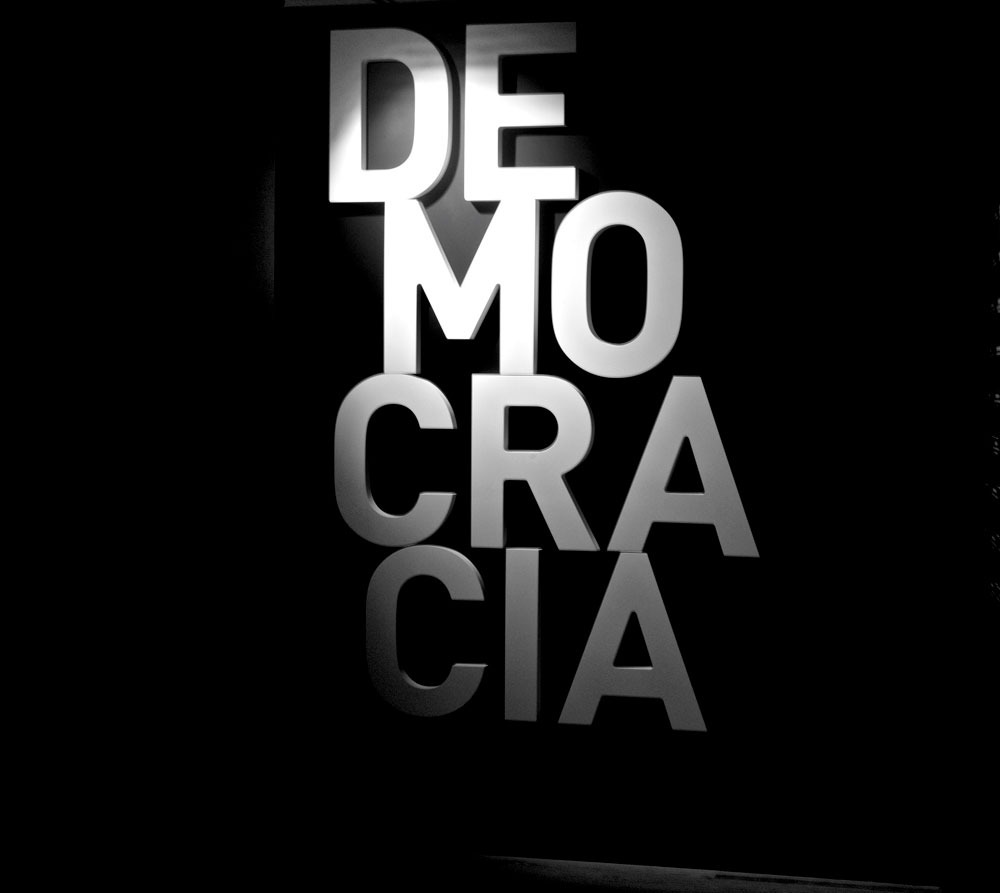
What is essential? The COVID-19 pandemic has been clarifying in that regard. Health care, food, housing, income support, education, water, and energy surely are among the items that top the list. But in a system where so many essential human needs are commodified, this point is so often hidden from view.
Instead, we are told that we must risk our health to populate non-essential jobs and activities because the earnings are necessary to buy our fundamental needs. It’s not that easy. In our service-sector economy, hotels, restaurants, and arenas are now risky spaces, as are the jobs in them.
On a brighter note, the pandemic has also awakened among many of us our better selves. Mutual aid networks have been filling the gaps in our safety nets and supply chains. Volunteers have been assisting health care workers struggling to find childcare. “Check in” networks have been developed for vulnerable neighbors.
This connection between fundamental needs and mutual dependence is why we formed governments in the first place. We cannot meet our needs alone.
That message may be lost on the Trump administration, but at the state and local level, we can reboot to these fundamentals and insist on democratic, not technocratic, solutions to meet our challenges. Our budgets must reflect our values.
We know we have enough resources for everyone in our country, but we also know the money and wealth are not shared, taxed, or spent in equitable ways—regardless of the level of government.
For example, Pew Research Center observes that, “From 2007 to 2016, the median net worth of the richest 20-percent increased 13 percent, to $1.2 million….In contrast, the net worth of families in lower tiers of wealth decreased by at least 20 percent from 2007 to 2016. The greatest loss—39 percent—was experienced by the families in the second quintile of wealth, whose wealth fell from $32,100 in 2007 to $19,500 in 2016.”
In April 2020, the Institute for Policy Studies reports that the wealth of America’s billionaires actually “increased by nearly 10 percent over just three weeks as the COVID-19 crisis took hold.”
Unequal access to resources buys power. Since 2000, federal tax cuts, which includes the 2017 Tax Cuts and Jobs Act, have disproportionately benefited the top 20 percent of households, who received nearly two-thirds the value of all tax changes. Not surprisingly, tucked into the federal CARES bill passed in March was a “pass through income” tax cut benefitting those with incomes over $1 million.
State and local taxes also favor the elite. The majority of state and local taxes take a greater share of income from low- and middle-income families than from wealthy ones. The effective average state and local tax rate nationwide for the lowest fifth is 11.4 percent, while the top one percent pay only 7.4 percent. The middle fifth is taxed at a 9.9-percent rate. Put another way, were these payroll taxes on hourly wages, the rich would be netting 25 to 30 cents more per hour than the rest of us for the same work.
States and localities rely on sales, property, and excise taxes, which take a greater share of income from those with less and are thus “regressive” taxes. Forty-three states have income taxes, which generally are more “progressive,” taking a greater share as income increases. But state income tax rates vary widely, and more than a dozen states cut their income taxes since 2010 in vain hopes to spur job creation.
So, instead of requiring everyone to pay what they can in taxes, we require those who have less to pay more, in relative terms. This is ludicrous.
Then there is the question of balanced budget requirements, which, unlike the federal government, most states have in one form or another. With COVID-19, of course, state expenses have gone up and revenues have gone down. A bill passed last Friday in the US House of Representatives would direct $500 billion to reduce state budget shortfalls, but it faces considerable opposition in the US Senate. Moreover, even if further federal support is forthcoming, state revenue shortfalls might still exist.
In such a case, technocrats tend to eschew tax changes and instead commonly advocate austerity measures, such as laying off teachers, cutting rates for attendant care, and eliminating state cash assistance programs. All of this has been done in prior recessions, despite clear evidence it lengthens the recession period.
And there is no reason that this economic slowdown, so much more severe than the last one, will be any different in this regard. Indeed, New York, the only state to begin a new budget cycle since the pandemic began, already enacted a FY 2021 budget with significant program cuts.
We must, however, break from this pattern. Given our experience of the past months, we know what is essential. In the midst of COVID-19, we’ve shared the load with teachers, saluted care workers, and welcomed cash assistance from government. We must carry this knowledge forward. As “wise” leaders tell us there is no other solution but to cut services, we must firmly and decisively reject this course. If the feds are not forthcoming with adequate resources for states and localities, the solution is not to fire workers or cut assistance, but to restructure taxes to meet our needs.
Sign up for our free newsletters
Subscribe to NPQ's newsletters to have our top stories delivered directly to your inbox.
By signing up, you agree to our privacy policy and terms of use, and to receive messages from NPQ and our partners.
All must pay what they can. And we already know who doesn’t.
During the Great Recession, nine states temporarily created a new high-income tax bracket or increased the rate of an existing top bracket. All 43 states with income taxes should follow suit this time and make the rates permanent. They can also broaden their income tax base by levying surtaxes on capital gains and carried interest, each of which is taxed at a rate lower than ordinary income at the federal level.
But equity also requires states to forge new frontiers. According to the Institute on Taxation and Economic Policy, “wealth in the form of business equity, stocks, bonds, patents, copyrights, savings and other intangible assets is not generally taxed by any level of government.” These are all forms of property.
Localities do tax real property, but in almost all states real property taxes are regressive. Again, this makes little sense. Wealthy property enclaves now use zoning and land use requirements to preclude multi-family or rental housing, keeping existing property values high and effectively fencing out low-income Black households and other people of color from safe neighborhoods and quality schools. Combined with our nation’s history of redlining, block busting, racial covenant restrictions, and predatory lending, white households now have more than 10 times the wealth of Black families. Tax policy should not perpetuate structural racism. Minimally, real property must be taxed progressively.
One or two percent surcharges on million-dollar homes would produce revenue amounts ranging from $29 million in Maine to $4.3 billion in California among seven states analyzed by the Urban Institute. State and local real estate transfer taxes and recording fee rates also can be adjusted by property type and value. Thirty-nine states have such taxes or statewide property taxes.
Taxing intangible property requires more work by tax departments. In the recent Democratic presidential campaign, both Bernie Sanders and Elizabeth Warren coupled their wealth tax proposals with increased Internal Revenue Service funding. Indeed, it’s easier for the federal government to tax stocks, bonds, and derivatives than states, which risk flight of the rich to states with no wealth taxes. But some states are now collaborating to coordinate the re-opening of economic activity. Might this be expanded to compacts that coordinate wealth tax policies, and move us toward a new form of federalism?
Closing the loopholes in current tax systems and eliminating subsidies for elites is mandatory. Hotels, convention centers, restaurants, arenas, stadia, casinos, retail venues, big box stores, big box store warehouses, and headquarters for corporate oligarchs have been subsidized through state and local tax breaks, free or discounted land, direct grants, bonds, and other financing supports.
Few of these subsidies produce quality jobs. Cities like Baltimore spent over $4 billion to produce a tourism and hospitality industry where workers earn poverty incomes, have wages stolen, are sexually harassed, and find employers antagonistic to workers compensation, family leave, and unions. Undeterred, Baltimore in 2016 carved out a $660 million tax increment financing subsidy for Under Armour’s corporate headquarters. And to what end? All this work is now shuttered. The city now faces a COVID-related revenue shortfall of roughly $150 million over the next two years.
Maryland reported that its COVID-infected economy may be short $2.8 billion during the current fiscal year, which ends in June. Yet two months earlier its legislative leaders were presented with a proposal to eliminate corporate tax loopholes, ineffective tax subsidies, and other special interest tax breaks. If these changes were in effect from 2014-2018, guess how much the state would have netted? $2.8 billion.
If public subsidies directed at for-profit firms had instead been invested in human needs, perhaps moratoria on eviction, foreclosures, and utility cut-offs wouldn’t be our first line of defense in this crisis.
Equitable and democratic, co-op and community land trust housing historically have provided security and stability during economic crises yet get little public investment. Where communities are engaged, publicly operated utilities or co-ops offer the same (and can be incentivized to provide clean, green energy). Public investment in clinics, hospitals, grocery stores, and local supply chains that serve them, would be paying off right now. These jobs would be essential, consumer demand consistent, and the need for cash-based assistance lessened.
An economy in which our tax dollars were invested in human needs would be an economy that would be working for us now. “Reopening” would not be as urgent.
The less we rely on non-essential work to meet our essentials, the more secure we will be. And the more our budgets are centered on fundamental needs and ensure everyone pays what they can, the less fearful we will be about scarcity or going without.
For 40 years, we’ve been told that government is the problem, not the solution. But we now know differently, right? These days we can see far more clearly what is essential.
Peter Sabonis is Human Rights Development Program Director at Partners for Dignity and Rights. He can be reached at [email protected].















